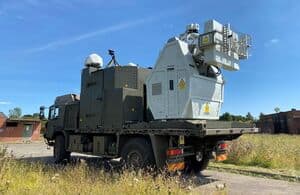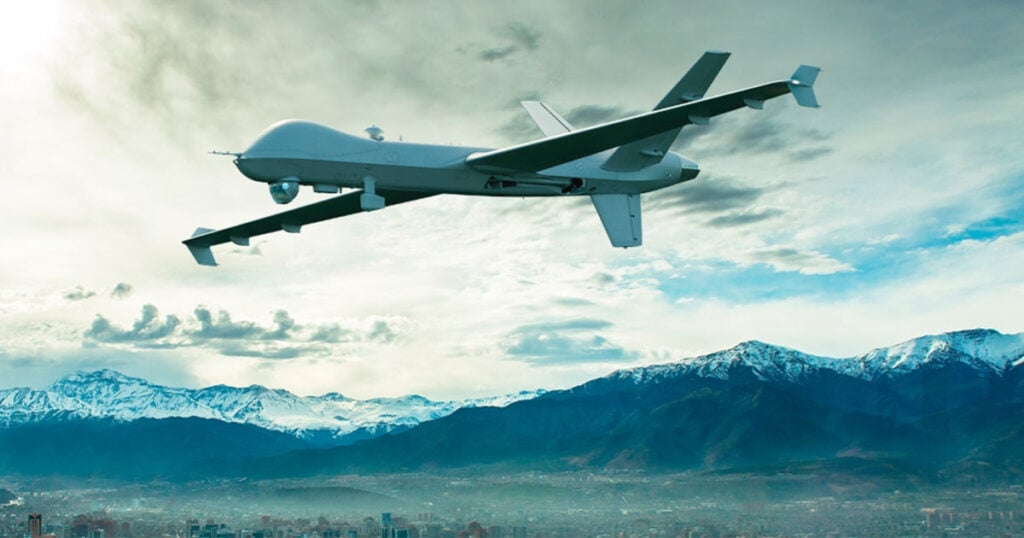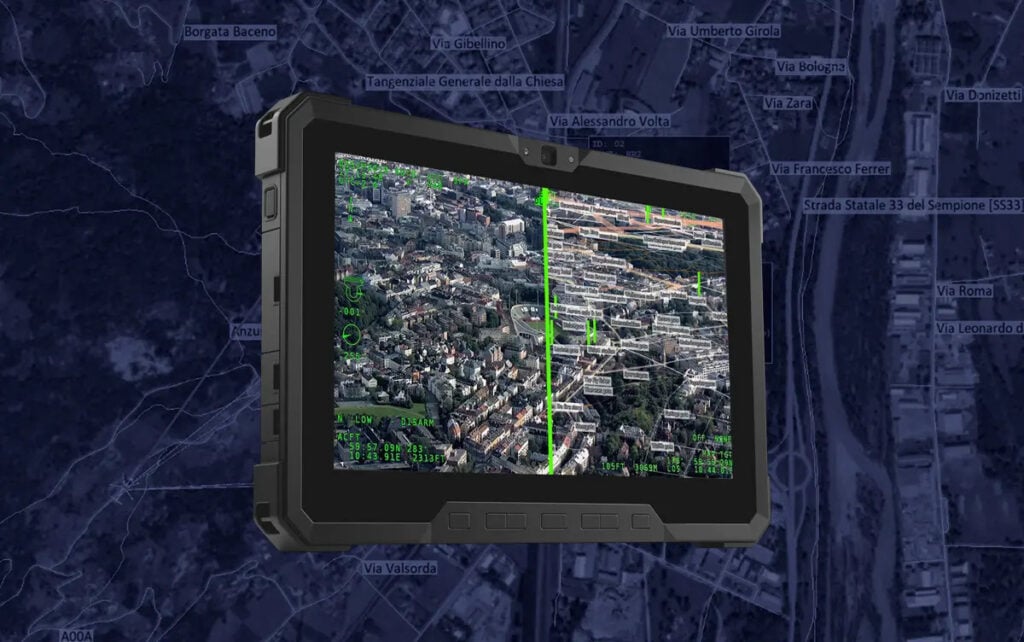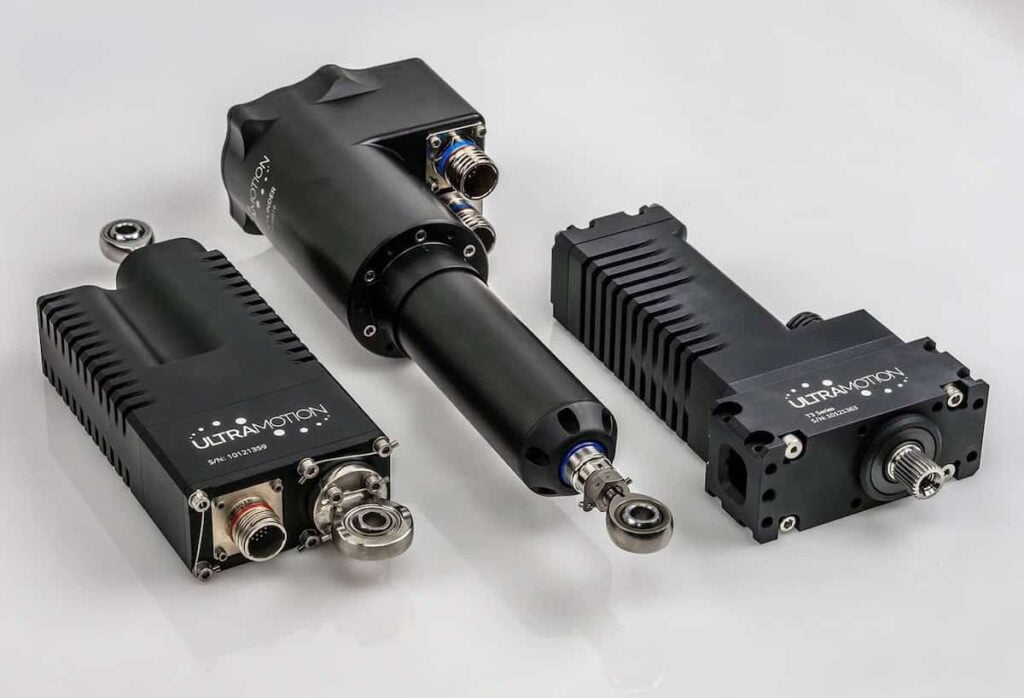
Discover Leading Defense Technology Solutions
Discover cutting-edge solutions from leading global suppliersA British-developed Radiofrequency Directed Energy Weapon (RF DEW) has successfully demonstrated its ability to disable swarms of drones in a major field trial – marking a significant step forward in the UK’s counter-drone defense capabilities.

The live-fire exercise, conducted on a military test range in West Wales, was the British Army’s most extensive drone swarm neutralization trial to date. The system, capable of engaging multiple targets simultaneously with near-instantaneous effect, is seen as a potential game-changer in the evolving landscape of modern warfare where unmanned threats are proliferating.
Using focused, high-frequency radio waves, the RF Directed Energy Weapon system disrupts the critical electronic components within drones, causing them to crash or become inoperable. It offers a highly cost-efficient alternative to traditional kinetic defenses, with each shot estimated to cost just 10 pence.
In one of the trial’s most notable demonstrations, British Army personnel successfully neutralized two drone swarms in a single engagement. Across the series of tests, more than 100 drones were detected, targeted, and neutralized by the system.
Minister for Defence Procurement and Industry, Rt Hon Maria Eagle MP, said, “This significant experiment exemplifies the strength of British innovation – driven by our home-grown industry, technology firms and scientific talent.
“We continue to strengthen our defence sector, adding more cutting-edge capabilities to keep the UK secure at home and strong abroad, while making defence an engine for growth across our towns and cities.”
Sgt Mayers of 106 Regiment Royal Artillery became the first British soldier to defeat a drone using this kind of energy weapon, underscoring the system’s maturity and operational readiness.
Sgt Mayers added, “RF DEW is an exciting concept. We found the demonstrator quick to learn and easy to use. With improvements on range and power, which could come with further development, this would be a great asset to Layered Air Defence.”
The UK Government has invested over £40 million in the development of RF DEW technologies as part of a broader strategy to boost national defense capabilities through innovation. The weapon demonstrator was developed by Team Hersa, a collaboration between Defence Equipment & Support (DE&S) and the Defence Science and Technology Laboratory (Dstl), with systems integration led by Thales UK.
The initiative supports over 135 highly skilled jobs, with around 100 engineers and manufacturing staff based in Northern Ireland and an additional 30–35 specialists contributing from Chelmsford, Essex.
This technology forms part of the UK’s wider Plan for Change, which aims to significantly increase investment in cutting-edge defense technologies. From 2025–26, the Ministry of Defence plans to allocate at least 10% of its equipment procurement budget to novel systems. The plan aligns with the UK’s broader defense commitment to raise spending to 2.5% of GDP by April 2027.
The relevance of RF DEW systems has been underscored by real-world events. In Ukraine, UK Defence Intelligence estimates show that more than 18,000 drone attacks were repelled in the past year alone, highlighting the growing role of unmanned aerial threats in high-intensity conflict.
Unlike traditional jamming technologies, RF DEW systems can defeat airborne threats that are resistant to electronic warfare measures, at ranges of up to one kilometer. The system is particularly well-suited to protecting critical infrastructure such as military bases, government facilities, and airports from potential drone incursions.
The RF DEW development program supports the UK Defence Industrial Strategy, aimed at strengthening sovereign capability, mobilizing industry to meet emerging threats, and driving economic growth across the country. By leveraging domestic innovation, the UK is working to ensure its armed forces remain equipped to address the challenges of 21st-century warfare.
Nigel MacVean, MD of Thales Integrated Airspace-protection Systems, added, “Thales continues to be at the forefront of this pioneering technology, and we are proud to continue the research and development in this sector alongside our partners in Government.”
As research and development progresses, the MoD continues to work with a broad network of partners to refine and expand RF DEW capabilities, aiming to field next-generation systems that provide effective, scalable, and affordable air defense for the UK and its allies.
























